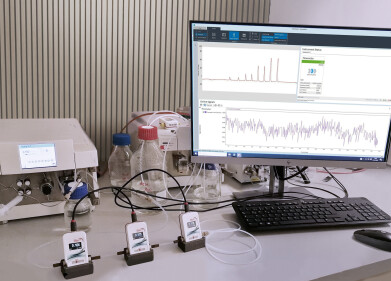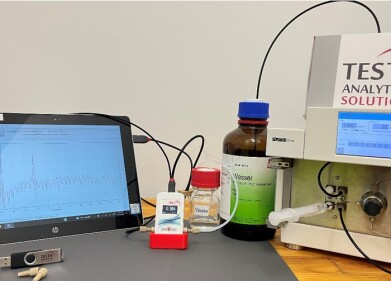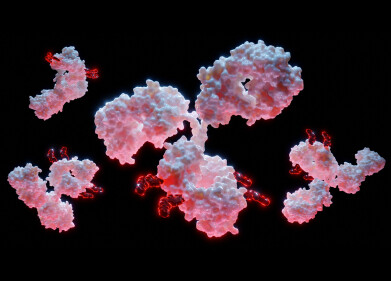Liquid Chromatography
Chromatography Finds Killer Toxin to Control Malaria
Oct 11 2019
Malaria is possibly one of the most widely known diseases on the planet. The World Health Organization (WHO) estimates that there were an estimated 219 million cases of malaria leading to around 435,000 deaths in 2017 is almost 90 different countries. Researchers are constantly searching for methods to control and defeat the scourge of malaria.
Anopheles acts as a vector
Malaria is caused by Plasmodium parasites that are spread by the bites of mosquitoes. Mosquitoes are malaria vectors. There are several species of mosquitoes but the type that act as vectors are Anopheles and Culex, and it is only the female mosquitoes that spread the parasite through biting humans and other animals.
Almost half of the world’s population is at risk of malaria, with the majority of cases and deaths occurring in sub-Saharan Africa. Key to finding a method to reduce the burden of malaria is gaining a better understanding of the lifecycle and biochemistry of both mosquitoes and the Plasmodium parasites that cause malaria.
Malaria is caused by a parasite that belongs to the genus Plasmodium. Plasmodium are members of a large group of parasitic eukaryotes, of which several regularly infect humans. We have developed drugs to combat these parasites, but unfortunately, the parasites have developed resistance to the drugs.
The parasites are introduced into humans when a mosquito bites us. The parasites travel to the liver where they replicate before leaving the liver and entering blood cells. They can remain dormant in blood cells for up to one year before causing malaria. The disease is passed on when a mosquito bites an infected host and draws blood containing the parasite. And the process starts again.
Killer toxins from yeast
With the parasites that cause malaria evolving resistance to the drugs we are currently developing, researchers are investigating nature’s own killers to try and combat diseases including malaria. Researchers in Italy have recently reported on work carried out on killer toxins (KT) from yeast. And in a paper published in the journal Toxins they report on how chromatography played a key role in the research. The work looked at a strain of yeast present in mosquitoes that has been reported as secreting a toxin that can affect the development of Plasmodium parasites. The suggest that if the yeast can affect the development of the parasite, perhaps it can be used to control malaria.
Chromatography separates the proteins
The work is in the early stages, and the team focussed on fully identifying the proteins responsible for the antimicrobial activity of the yeast that is known as WaF 17.12. They isolated the protein using various chromatographic techniques including gel filtration chromatography and liquid chromatography-tandem mass spectrometry. The use of chromatography to separate samples is the topic of the article HILIC Flash Purification – Separation of Polar Pharmaceuticals on Silica. The team report: the identification of this KT could open novel opportunities in the control of malaria and other mosquito-borne diseases.
Events
Jan 20 2025 Amsterdam, Netherlands
Feb 03 2025 Dubai, UAE
Feb 05 2025 Guangzhou, China
Mar 01 2025 Boston, MA, USA
Mar 04 2025 Berlin, Germany
.jpg)













